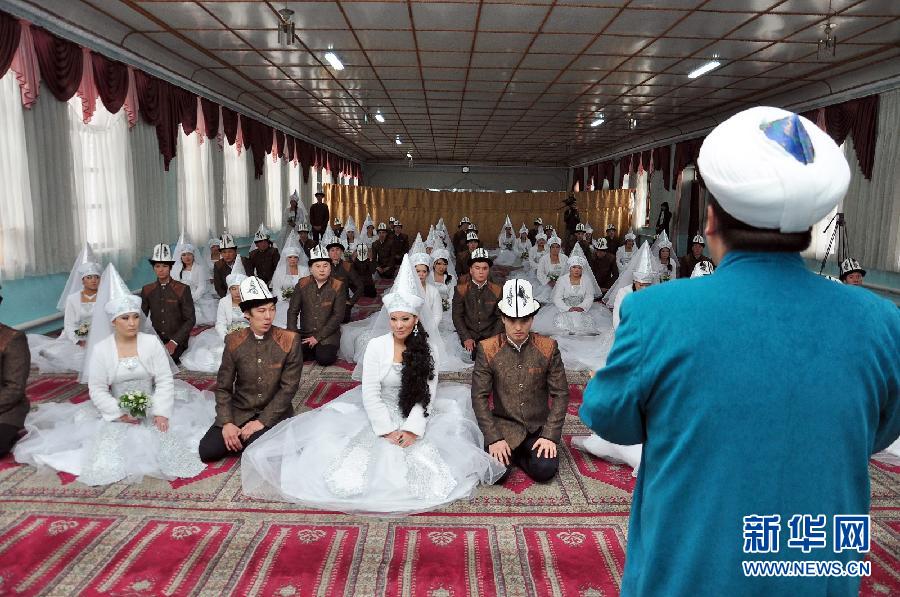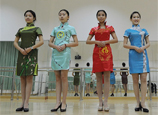
Secondly, inefficient resource utilization and environmental imbalances
China has consumed a large quantity of energy and resources in the process of rapid economic development. Its GDP accounted for only 5.5 percent of the world's total output value in 2006 but consumed 9 percent of oil, 23 percent of alumina, 28 percent of steel, 38 percent of coal and 48 percent of cement.
As the total amount of natural resources is limited, if China continues its current way of resource consumption and growth mode, it will inevitably affect other countries and the future generations.
Moreover, the soaring price of energy and resources also increased the overuse costs, which is contrary to the strategy of scientific outlook on development.
Thirdly, challenges from external imbalances
Since 1994, China has been maintaining the “double surplus” on the current account and capital account. The current account was relatively small before 2005 but it reached 7.6 percent in 2007.
In the 1990s, China's volume of foreign reserves only reached 11 billion U.S. dollars, but now it has amounted to 3 trillion U.S. dollars due to huge trade surplus, making China the country owning largest foreign exchange reserves in the world.
Different with the rising trade surplus of China, the United States is faced with increasing trade deficit. The imbalanced phenomenon had attracted widespread attention before the global financial crisis in 2008.
















 Hunan college girl designs cheongsam inspired by women's secret language
Hunan college girl designs cheongsam inspired by women's secret language


![]()
